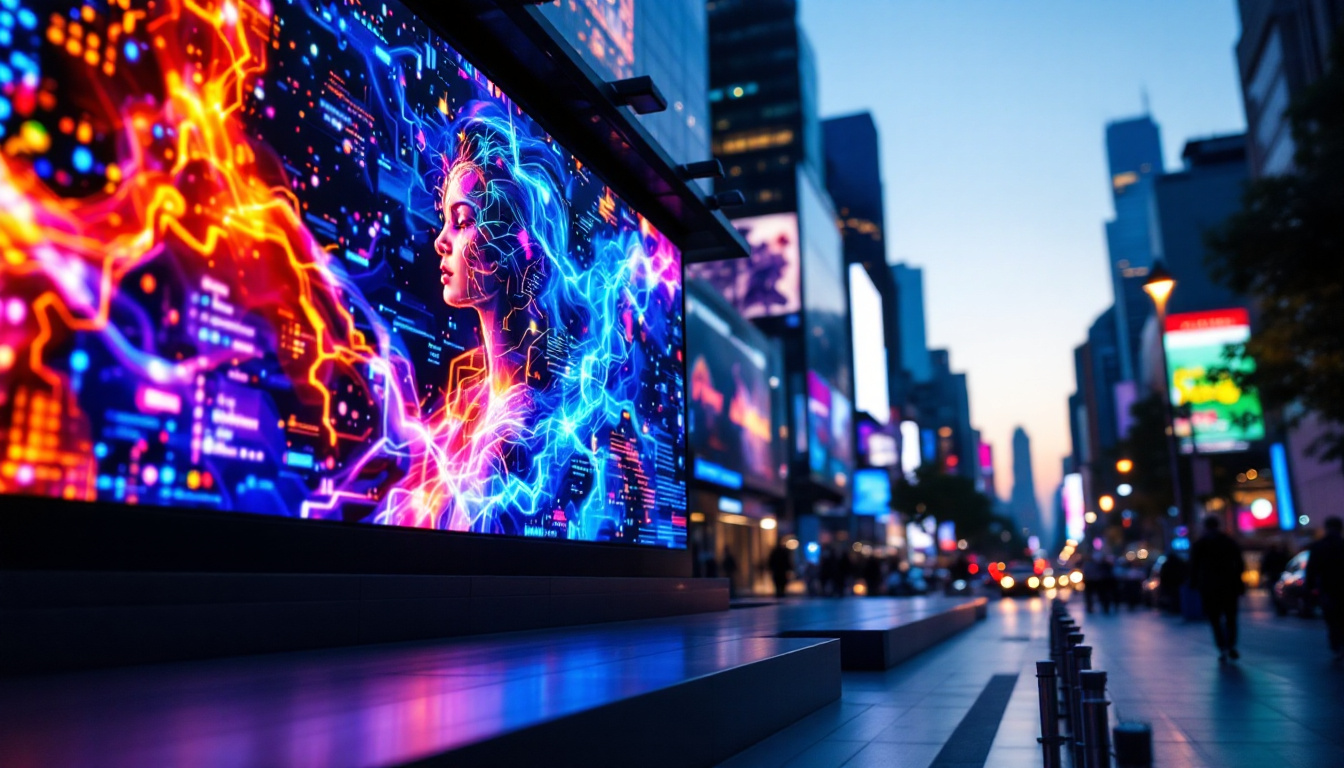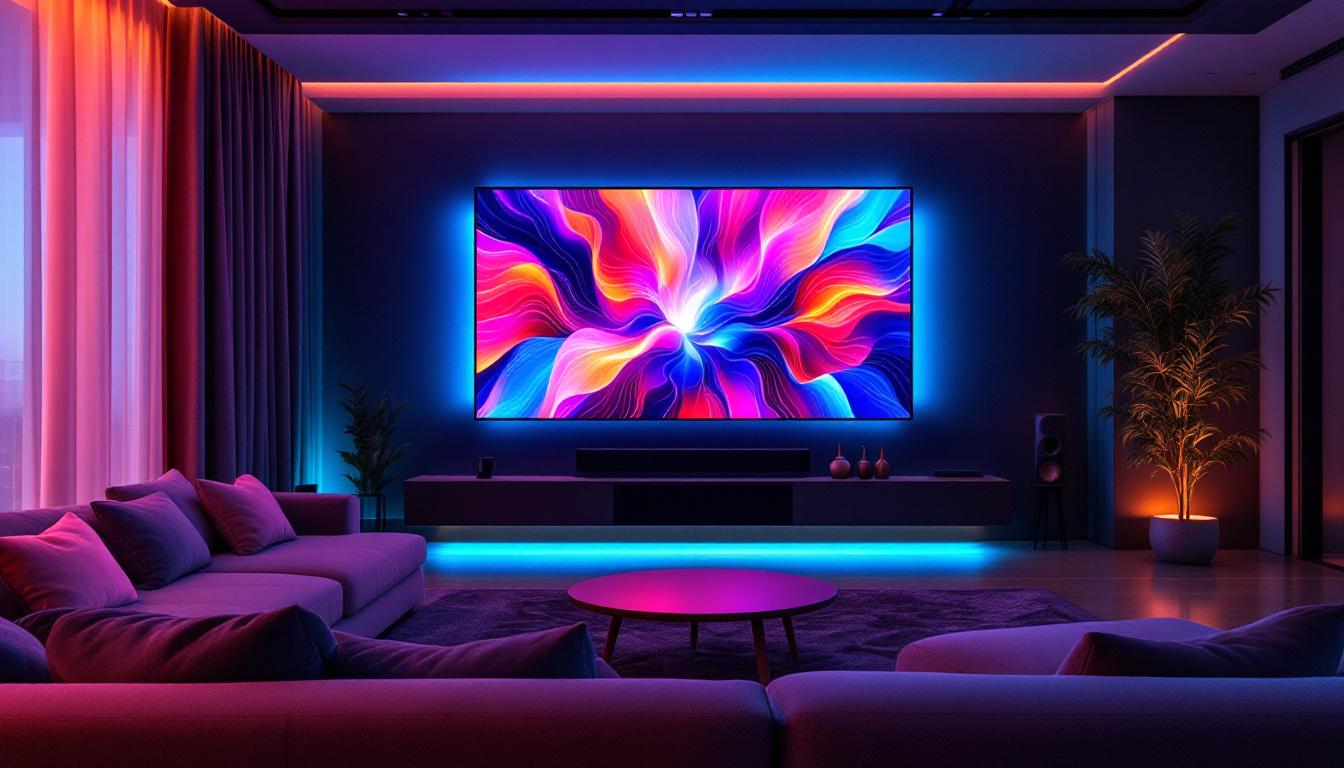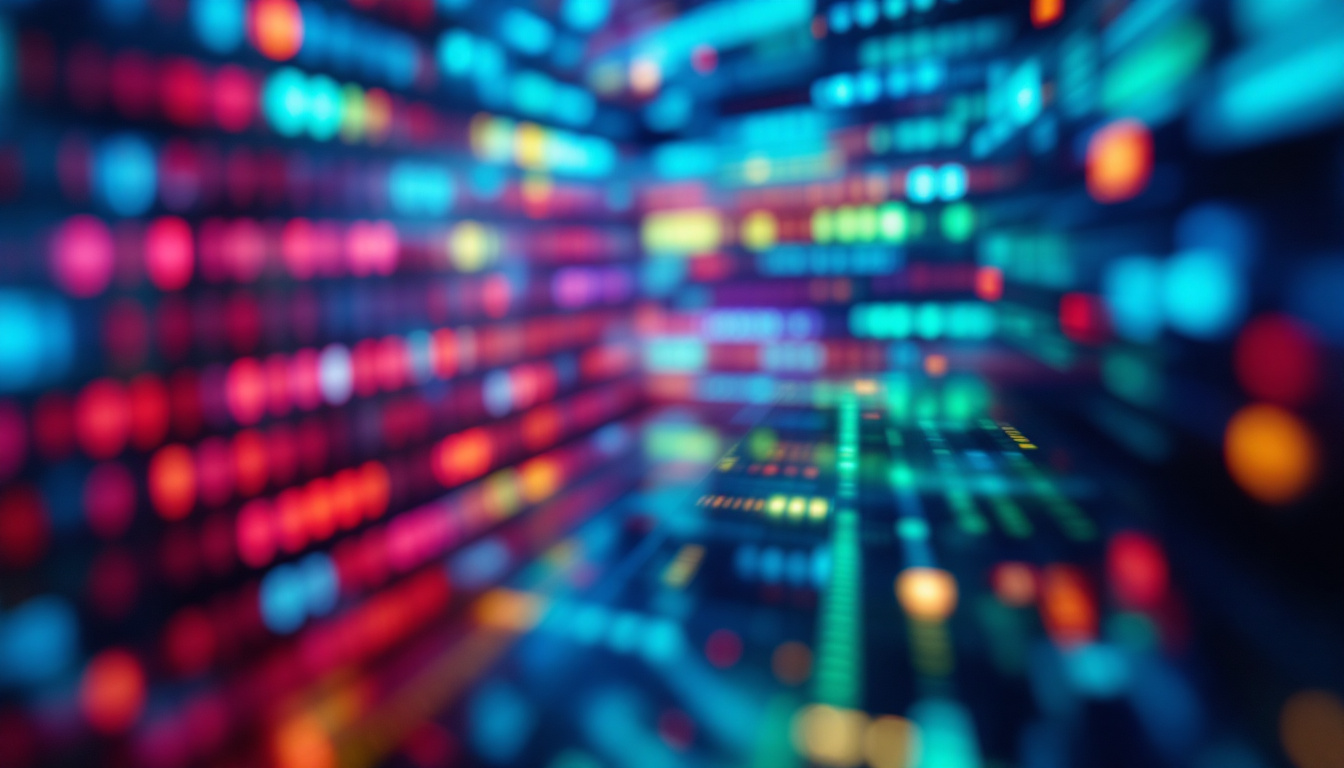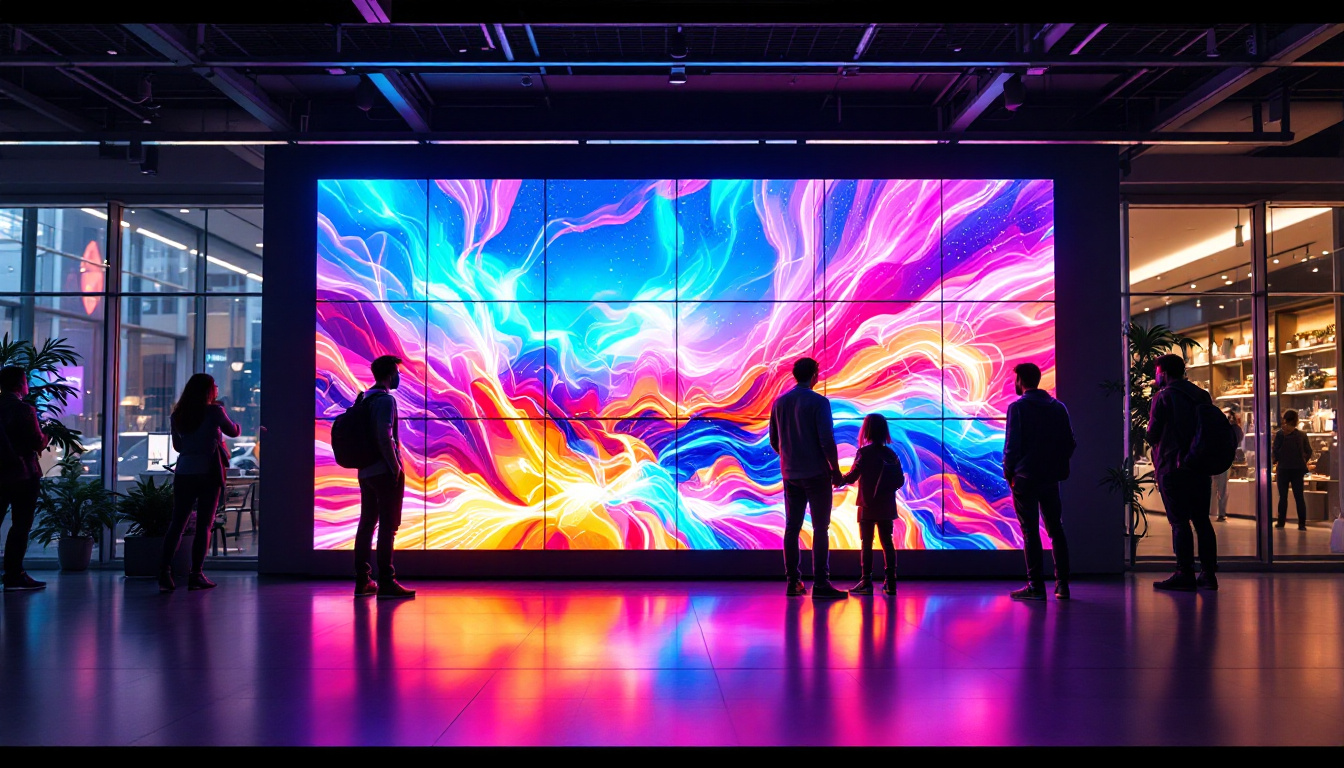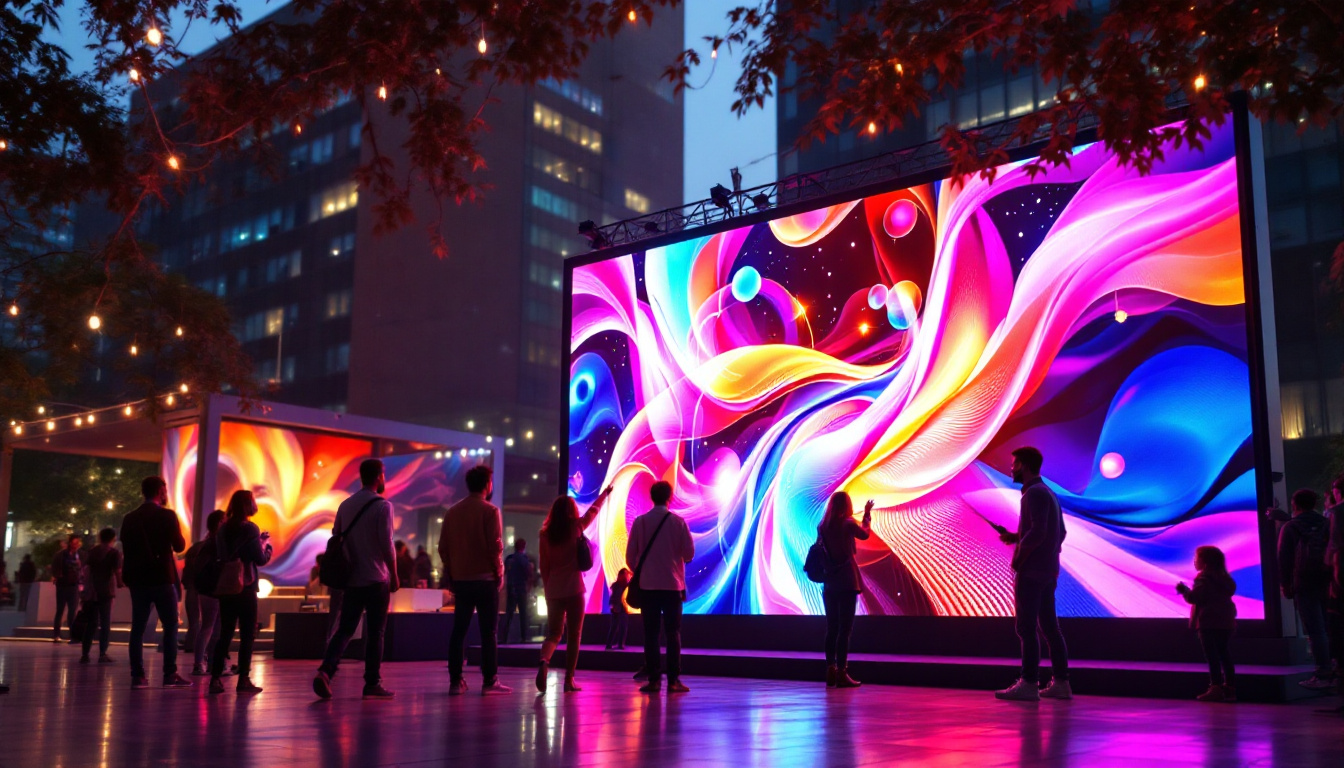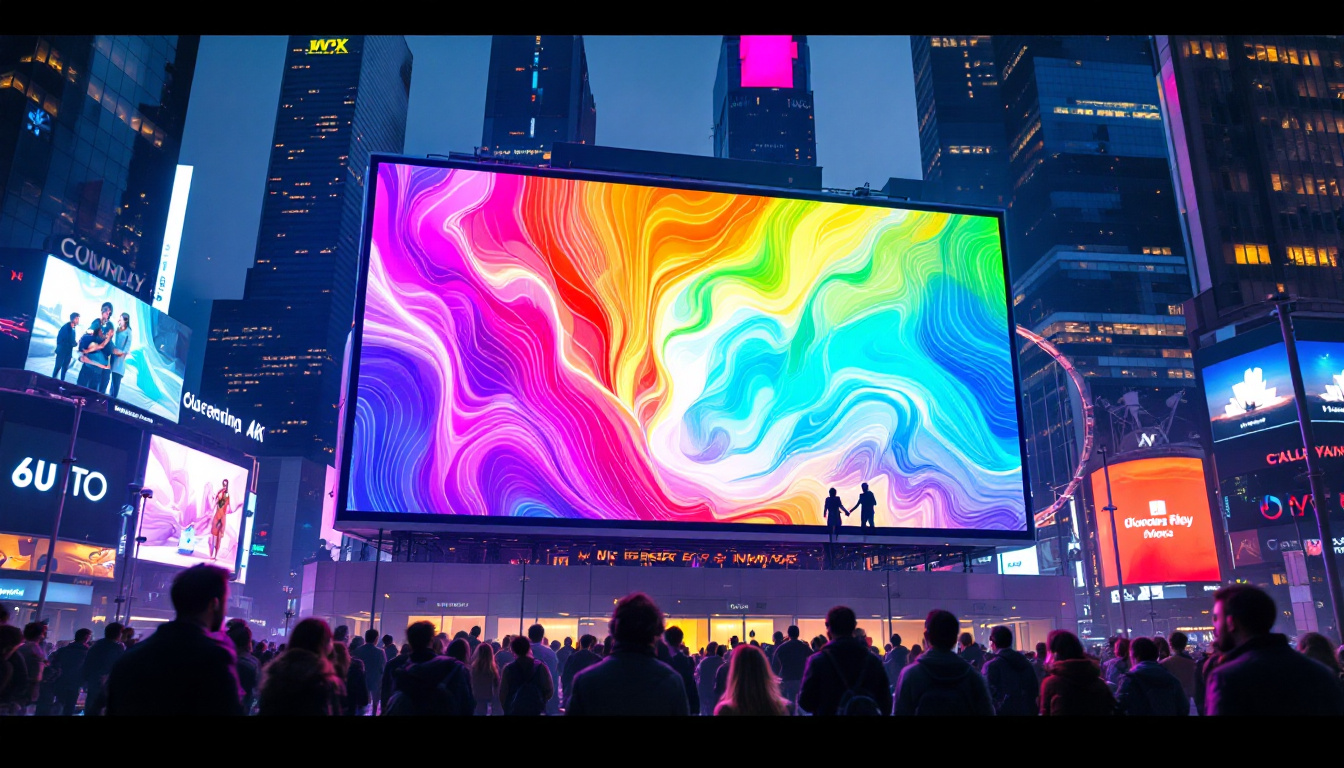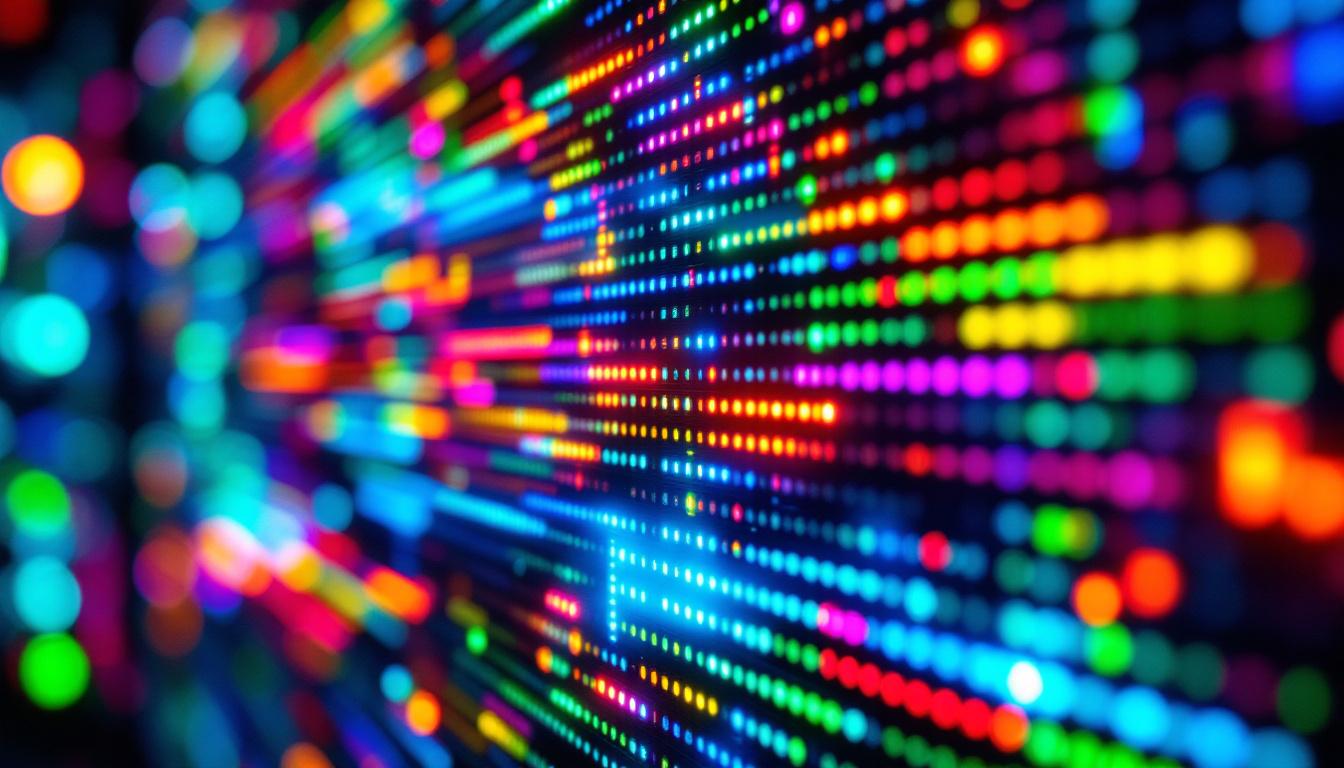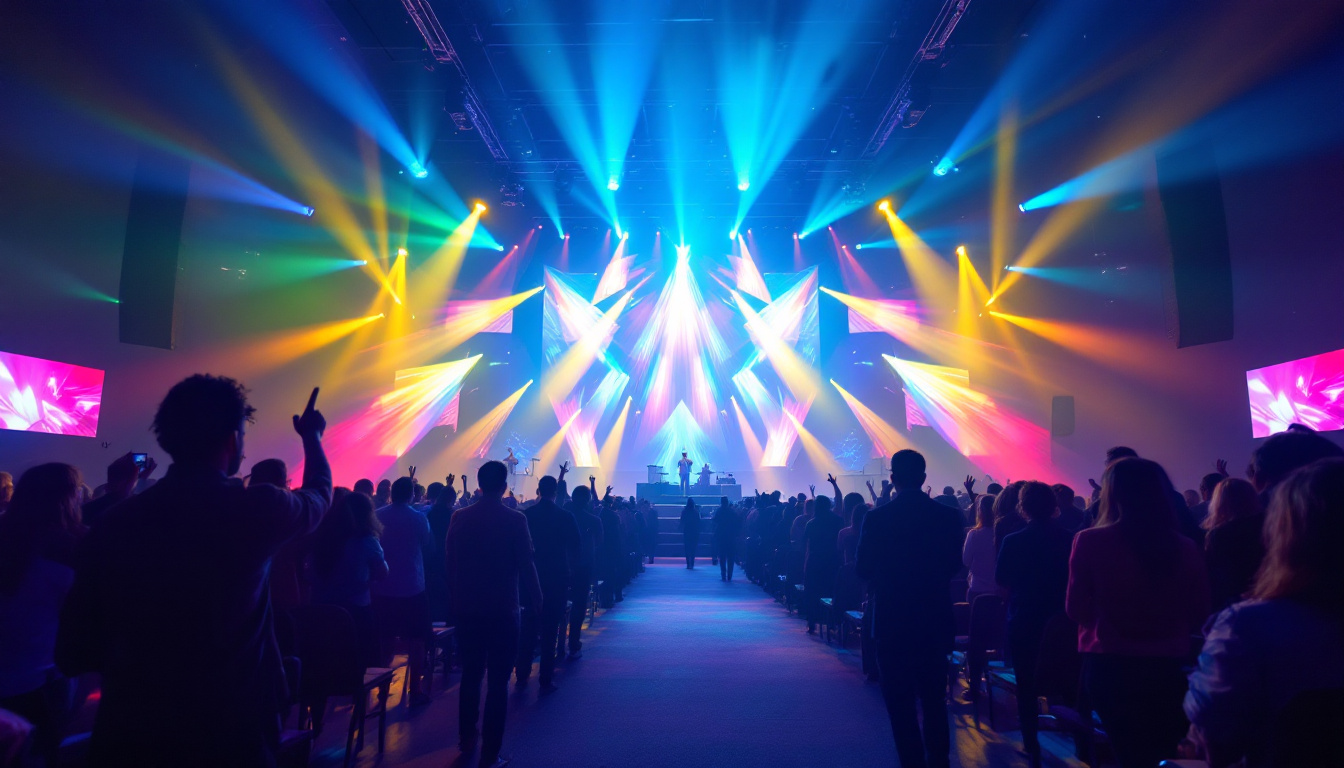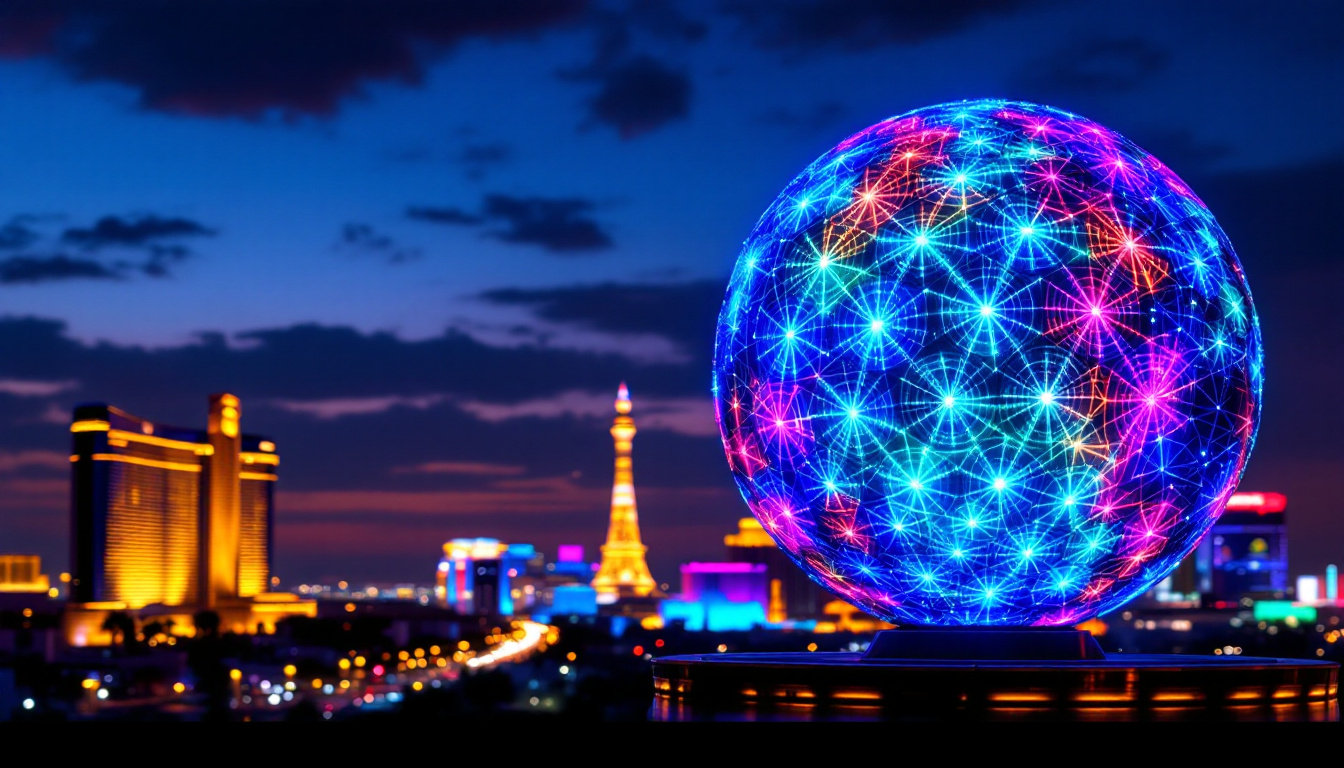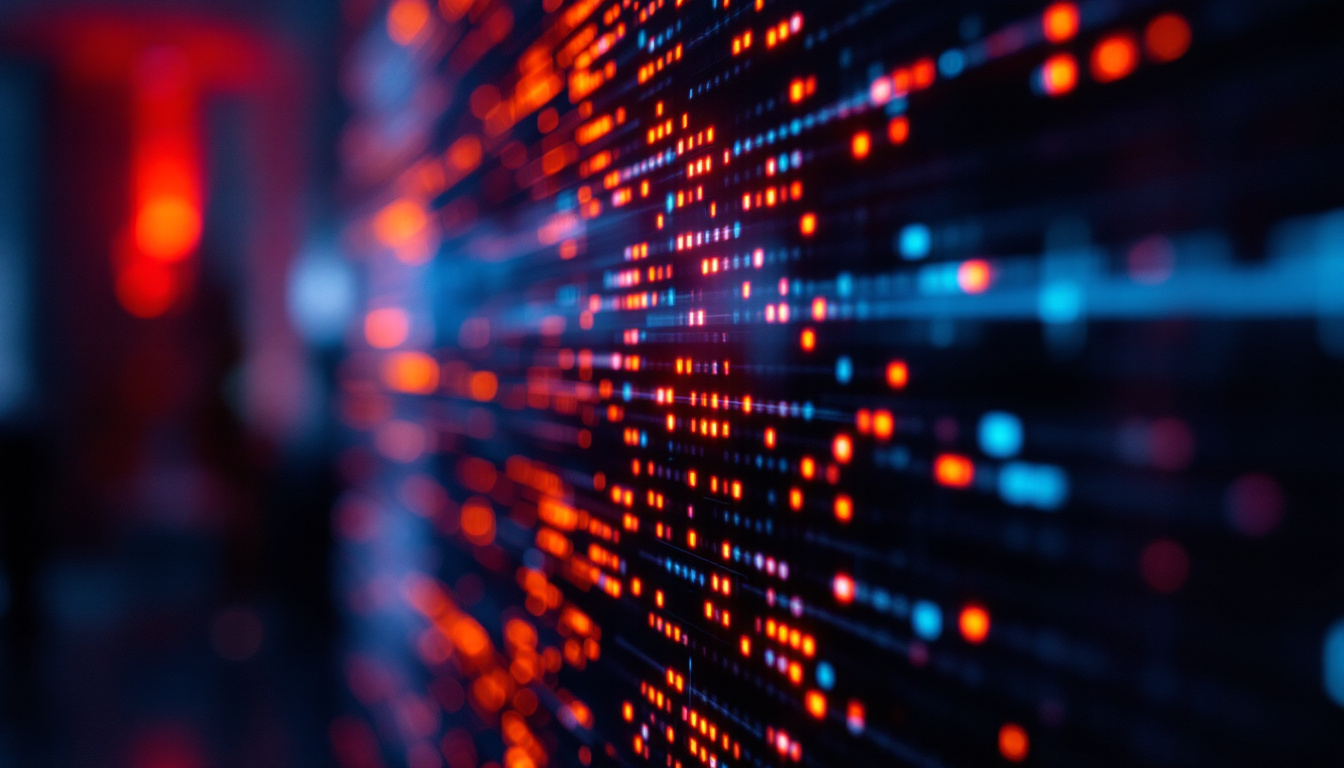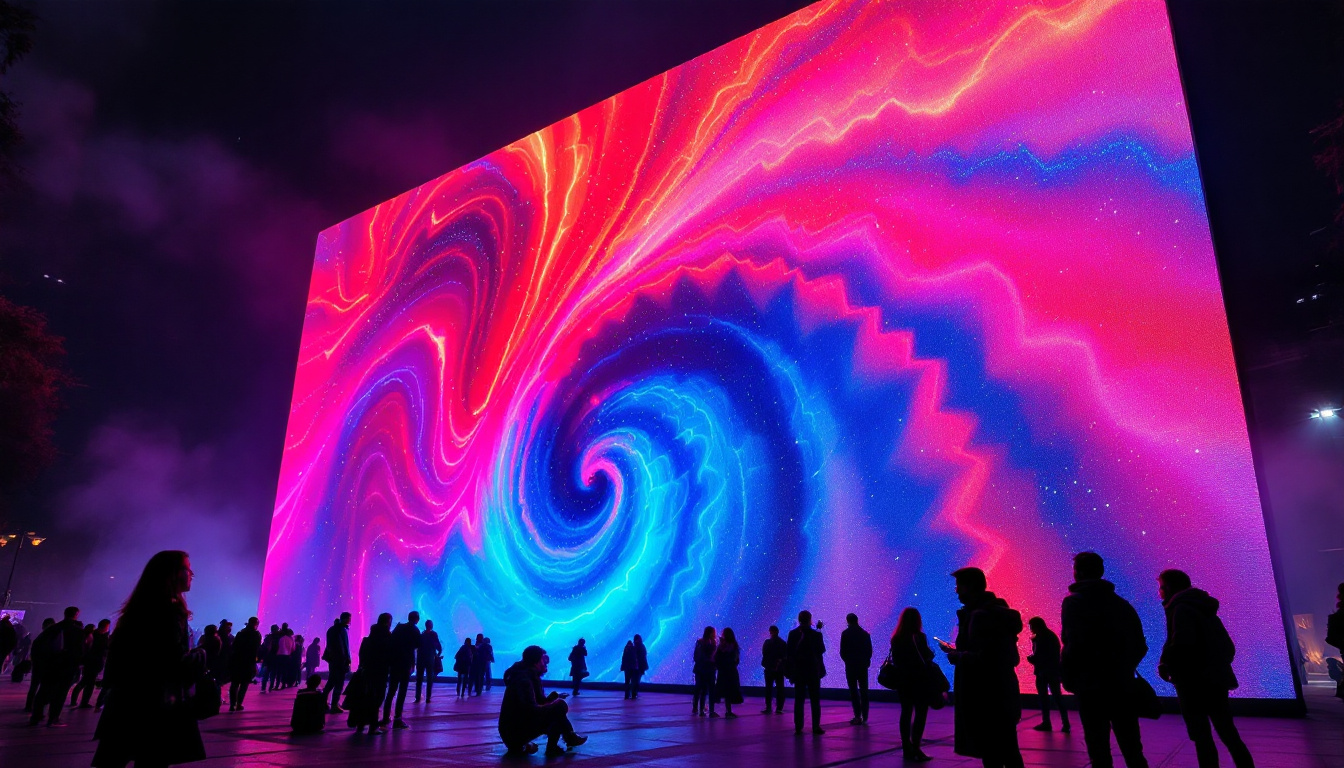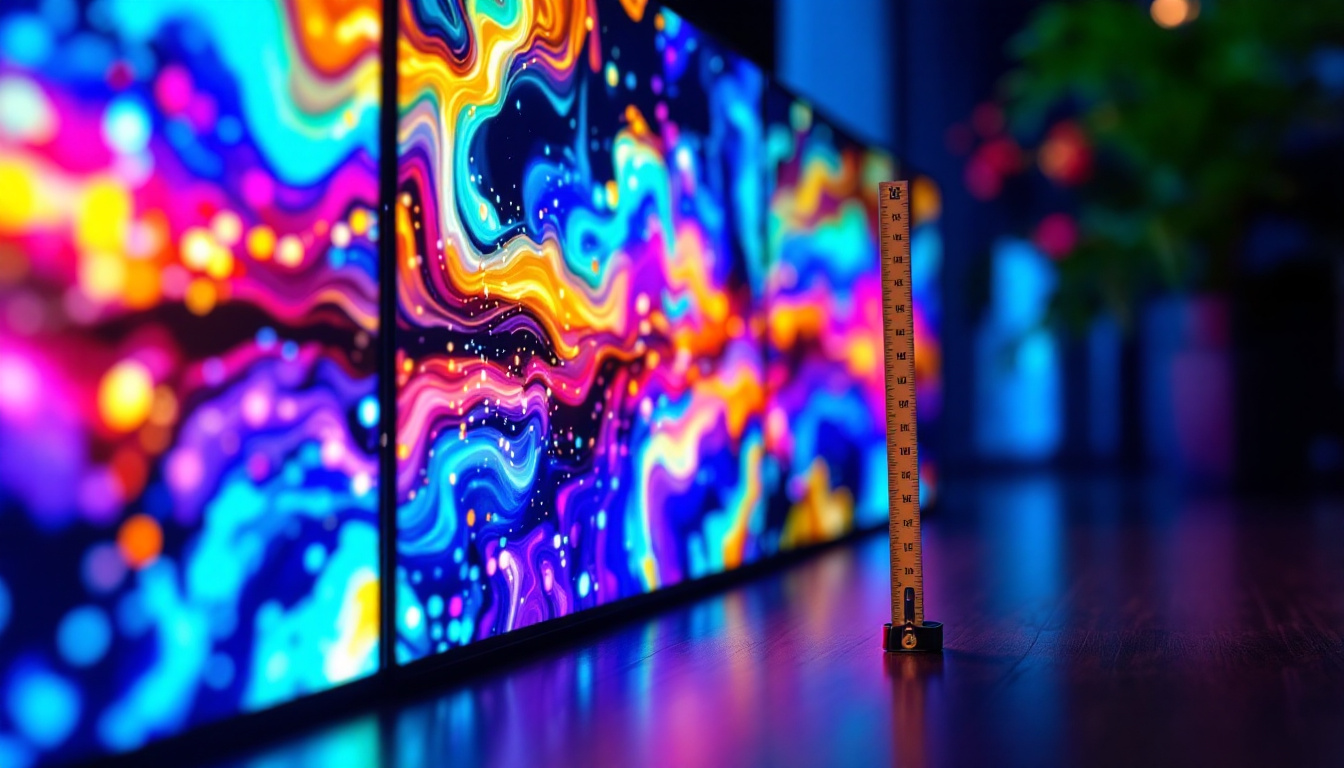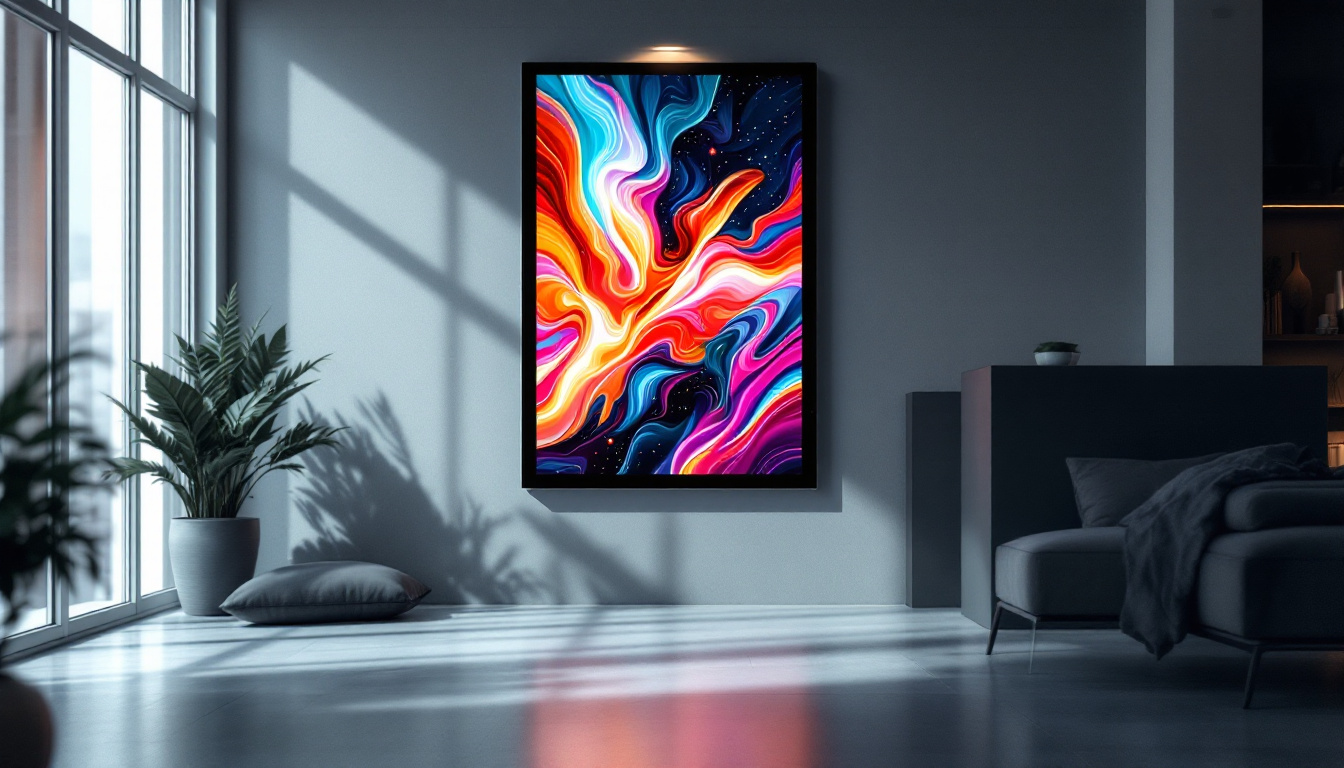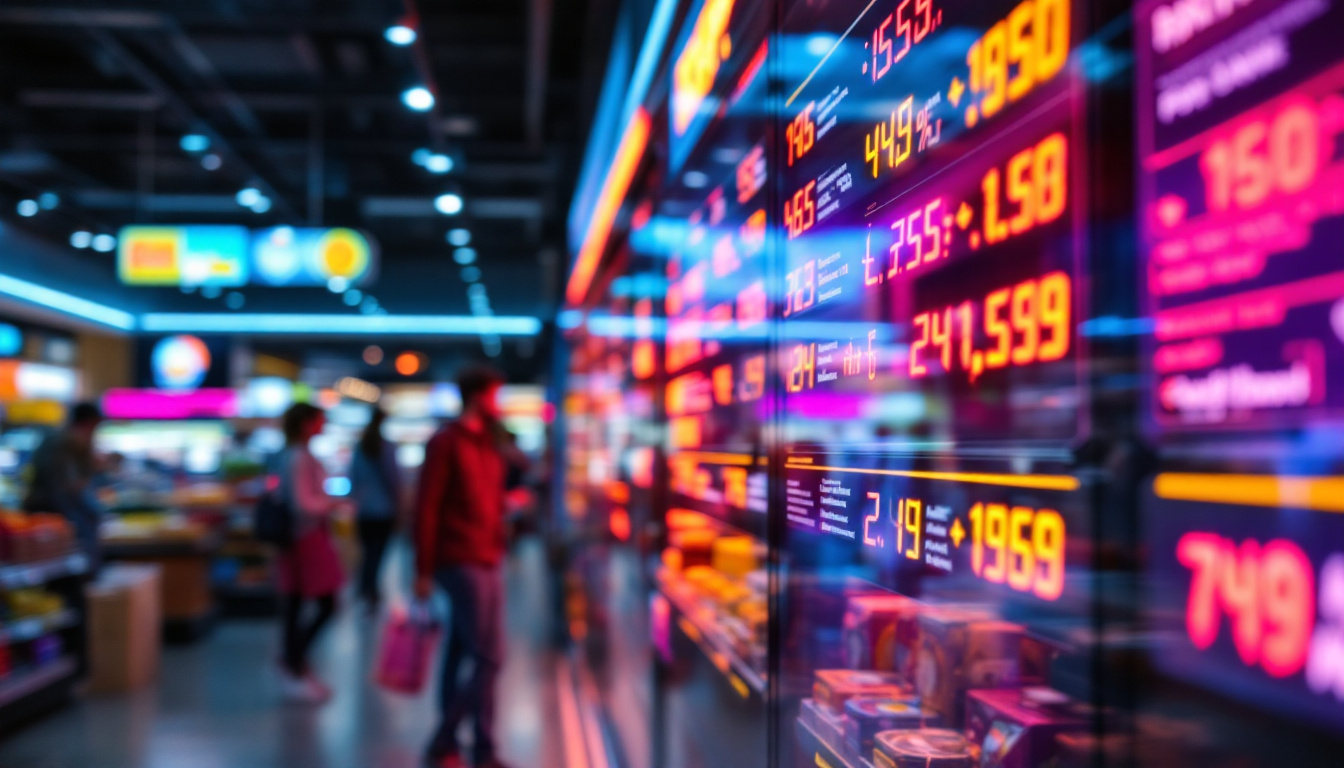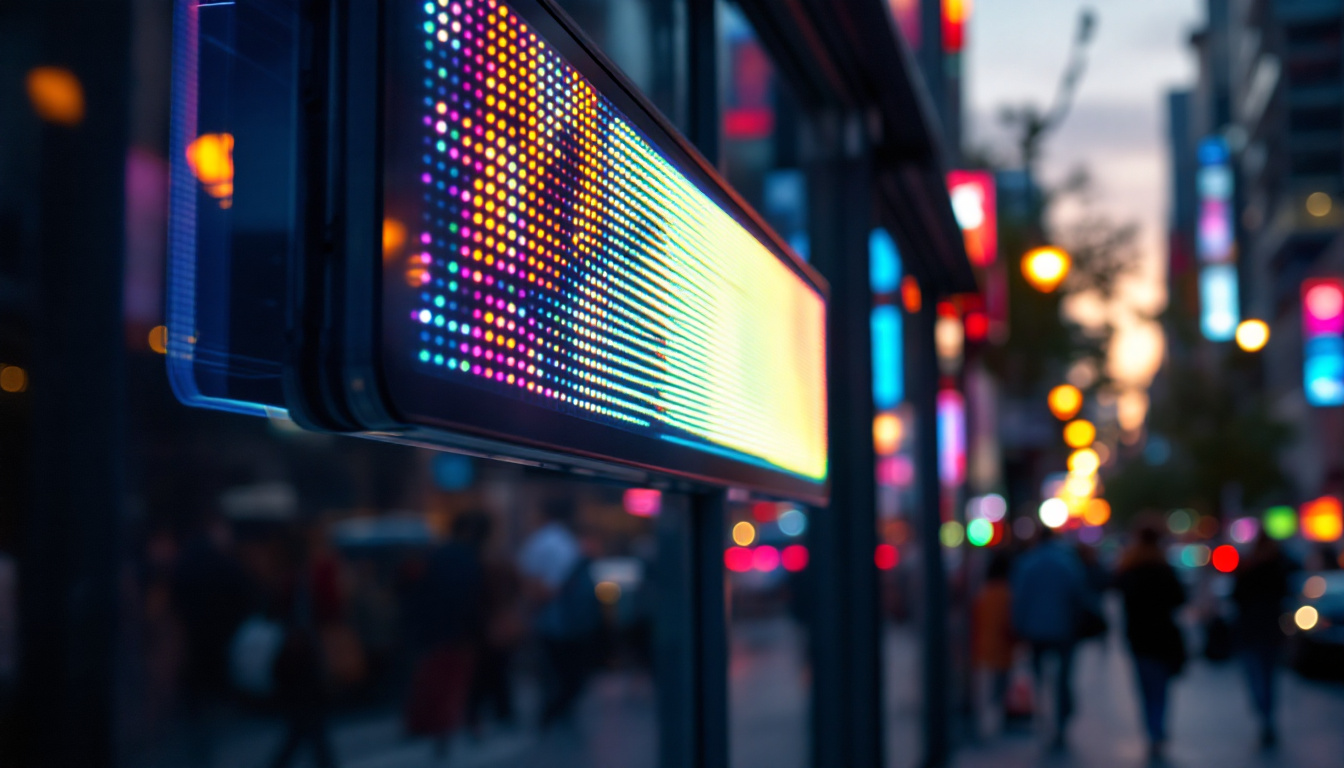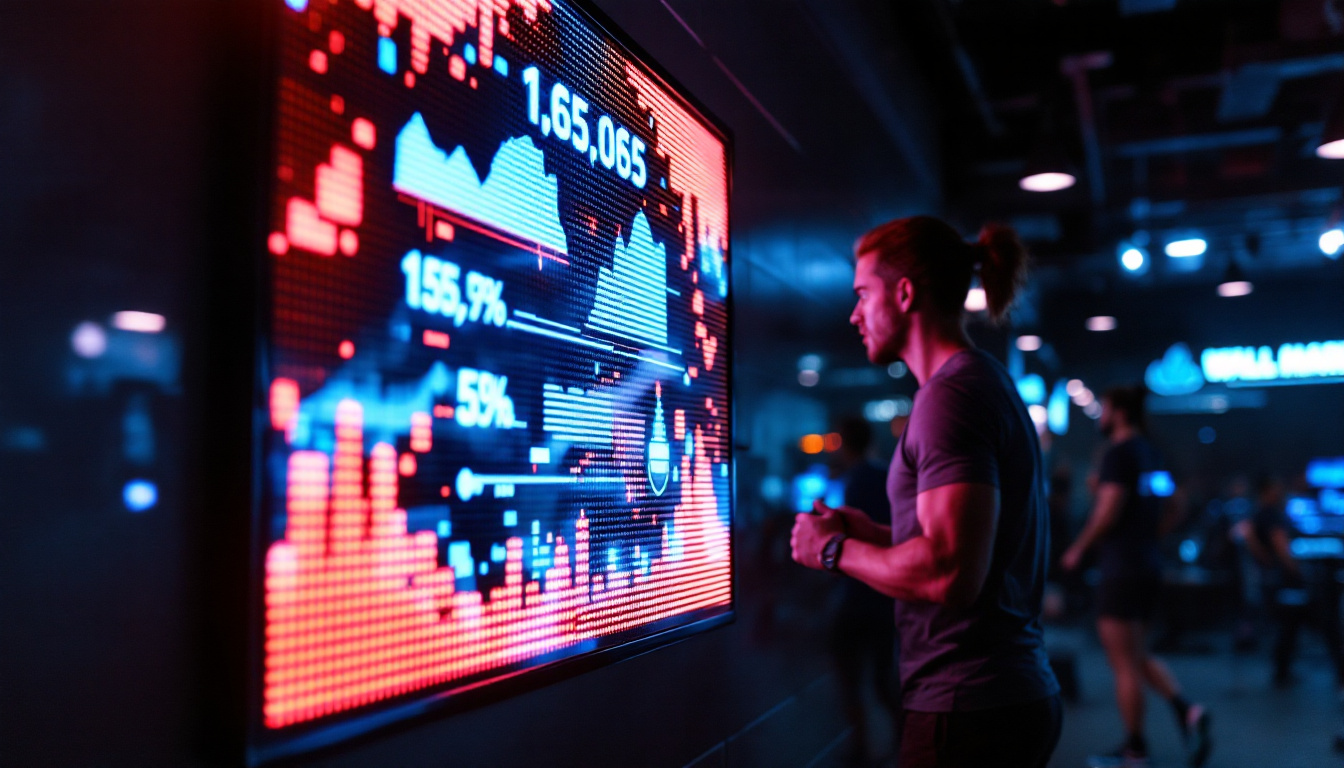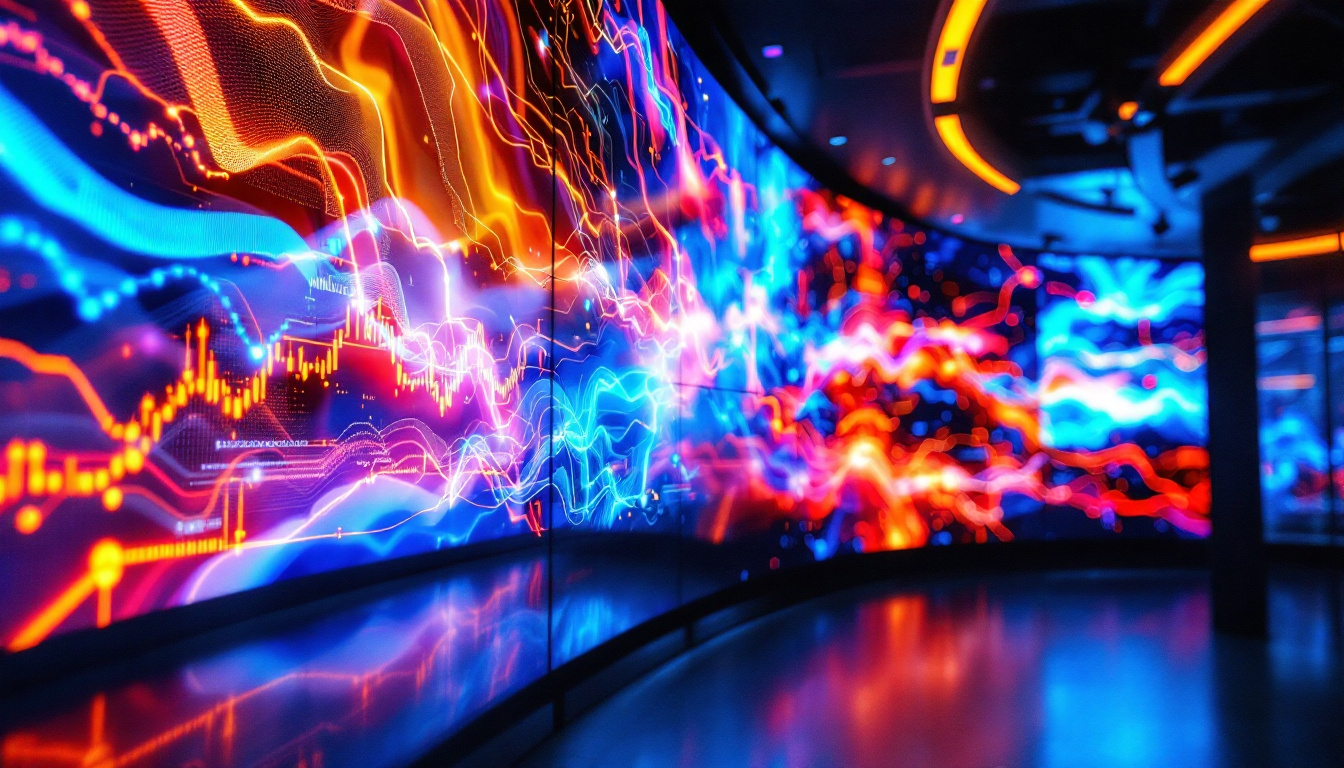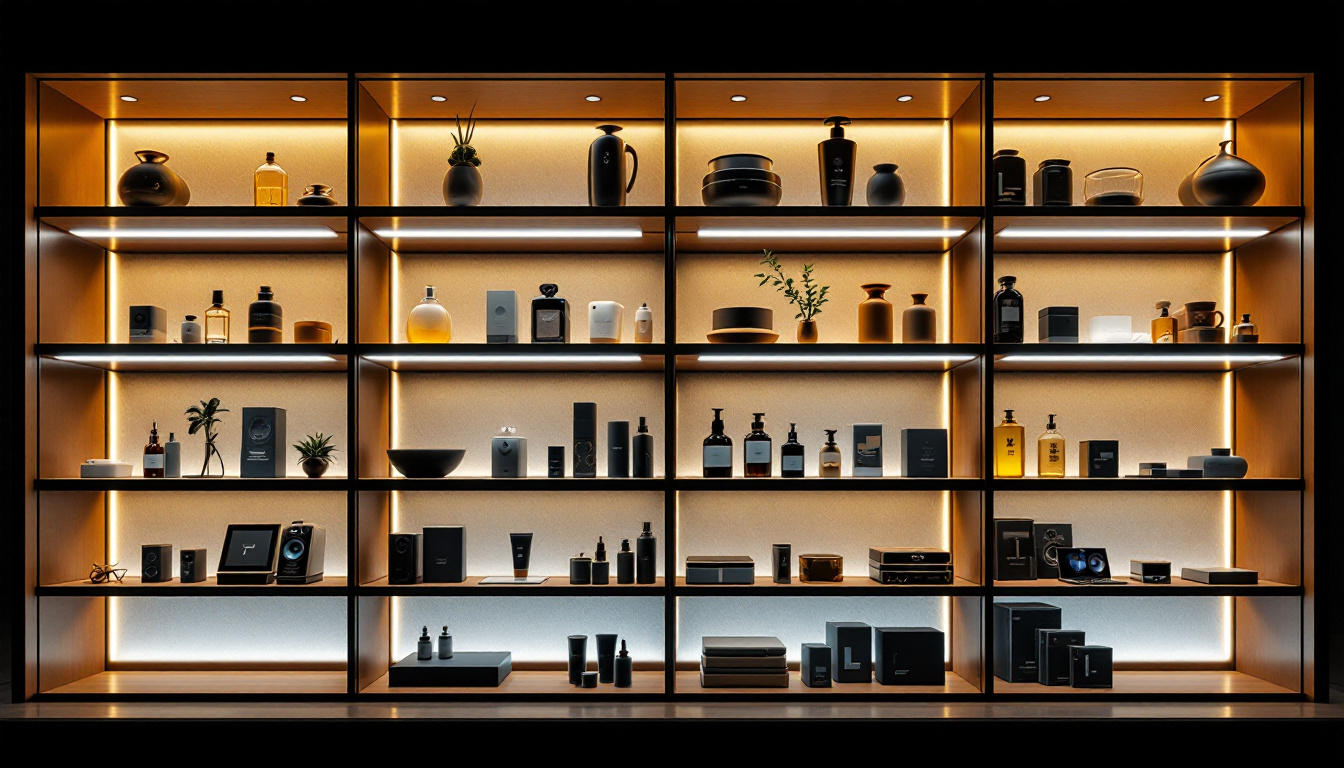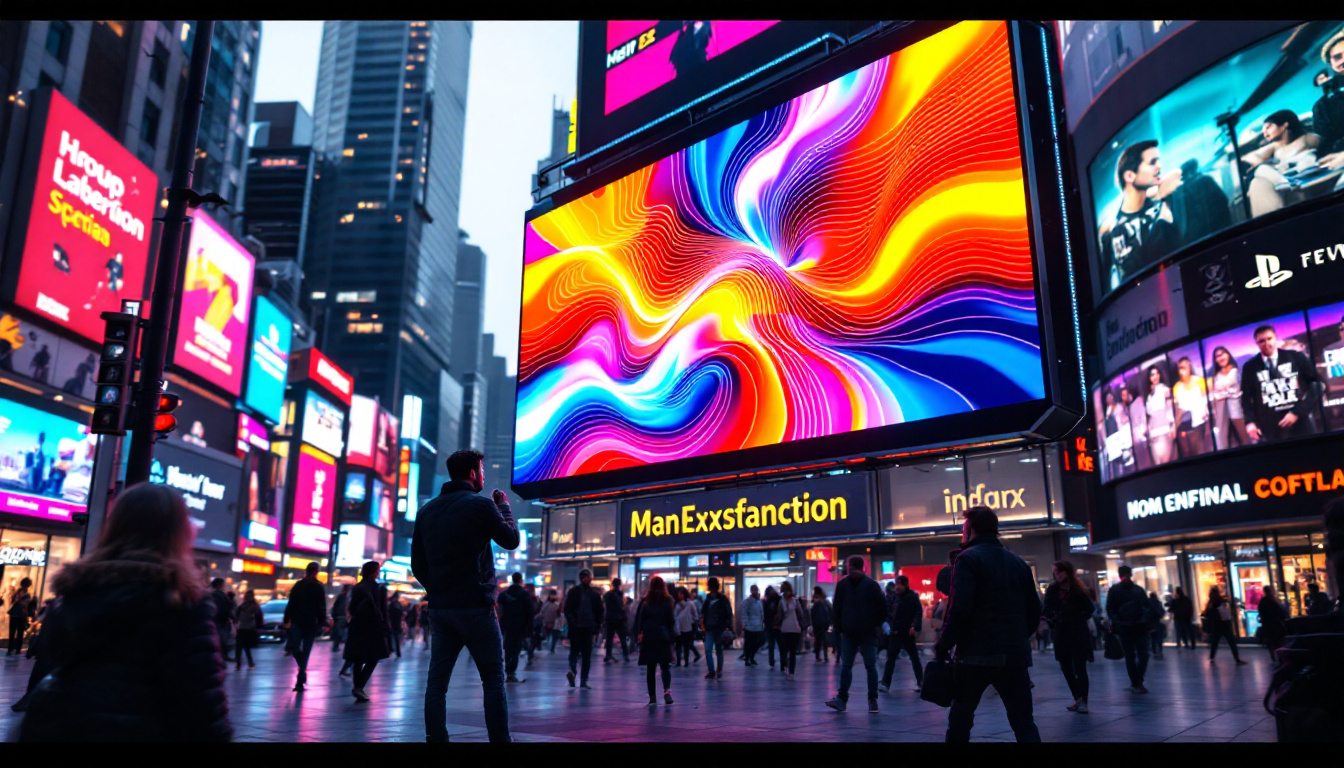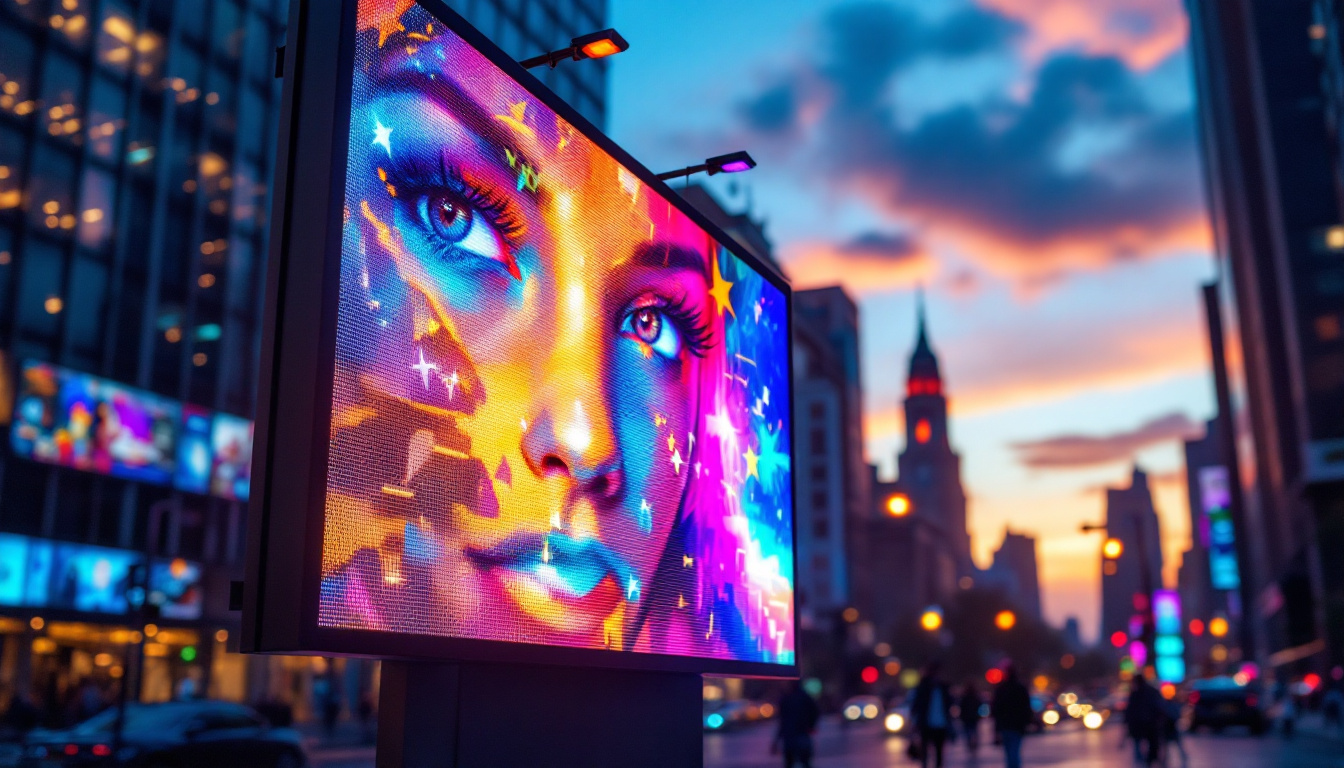In the world of modern technology, LED displays have emerged as a dominant force, revolutionizing the way information is presented visually. From advertising billboards to television screens, the versatility and efficiency of LED technology have made it a preferred choice across various industries. This article delves into the intricacies of LED displays, exploring their components, types, advantages, and applications.
Understanding LED Technology
Light Emitting Diodes (LEDs) are semiconductor devices that emit light when an electric current passes through them. This technology has evolved significantly since its inception, leading to the development of vibrant and efficient displays. The fundamental principle behind LEDs involves the movement of electrons within a semiconductor material, which releases energy in the form of light. Over the years, the advancements in LED technology have not only improved the brightness and efficiency of these devices but also expanded their applications across various industries, from consumer electronics to automotive lighting and architectural designs.
The Basics of LED Operation
At the core of LED operation lies the p-n junction, where two types of semiconductor materials meet. When voltage is applied, electrons from the n-type material recombine with holes in the p-type material, resulting in the emission of photons. This process is highly efficient, allowing LEDs to produce more light while consuming less energy compared to traditional incandescent bulbs. Additionally, the lifespan of LEDs far exceeds that of their incandescent counterparts, often lasting tens of thousands of hours, which makes them a cost-effective solution in the long run. This longevity is particularly beneficial in applications where frequent replacements would be impractical, such as in street lighting or in hard-to-reach fixtures.
Types of LEDs
LEDs come in various types, each designed for specific applications. The most common types include:
- Standard LEDs: Used primarily for indicator lights and simple displays.
- High-Power LEDs: Suitable for applications requiring intense illumination, such as automotive headlights.
- RGB LEDs: Capable of producing a wide range of colors by mixing red, green, and blue light.
- OLEDs (Organic LEDs): Utilized in high-end displays for their ability to produce deep blacks and vibrant colors.
In addition to these common types, there are also specialized LEDs designed for unique applications. For instance, UV LEDs are increasingly used for sterilization and disinfection purposes, capitalizing on their ability to emit ultraviolet light that can kill bacteria and viruses. Furthermore, horticultural LEDs have been developed to optimize plant growth by emitting specific wavelengths of light that are most beneficial for photosynthesis. As technology continues to advance, the versatility of LEDs will likely lead to even more innovative uses, transforming how we light our world and interact with technology.
Components of LED Displays
LED displays are composed of several key components that work together to produce high-quality images and videos. Understanding these components is essential for grasping how LED displays function.
Display Modules
At the heart of an LED display are the display modules, which consist of an array of LEDs arranged in a grid. Each module can be controlled individually, allowing for the creation of dynamic images and animations. The size and resolution of these modules determine the overall quality of the display.
Controller Systems
The controller system is responsible for managing the input signals and translating them into visual output on the display. This system includes hardware and software components that ensure synchronization between the content being displayed and the LED modules. Advanced controllers can handle multiple inputs, enabling the display to showcase various types of content simultaneously.
Power Supply Units
LED displays require a stable power supply to operate effectively. Power supply units (PSUs) convert the incoming electrical current to the appropriate voltage and current levels needed by the LED modules. A reliable PSU is crucial for maintaining consistent brightness and color accuracy across the display.
Types of LED Displays
LED displays can be categorized into several types based on their configuration and application. Each type serves different purposes and is designed to meet specific requirements.
Indoor LED Displays
Indoor LED displays are typically used in venues such as shopping malls, airports, and conference centers. These displays offer high resolution and brightness, ensuring clear visibility even in well-lit environments. They are often used for advertising, information dissemination, and entertainment.
Outdoor LED Displays
Outdoor LED displays are built to withstand harsh weather conditions while providing bright and vibrant visuals. These displays are commonly found in stadiums, billboards, and public transportation hubs. They are designed with higher brightness levels and protective casings to ensure durability and visibility in sunlight.
Transparent LED Displays
Transparent LED displays represent a cutting-edge innovation in display technology. These displays allow viewers to see through them while still showcasing vibrant content. They are often used in retail environments, allowing products behind the display to remain visible while advertisements are shown.
Advantages of LED Displays
The growing popularity of LED displays can be attributed to their numerous advantages over traditional display technologies. These benefits make them an attractive option for businesses and organizations.
Energy Efficiency
One of the most significant advantages of LED displays is their energy efficiency. LEDs consume significantly less power than incandescent and fluorescent lights, leading to reduced energy costs. This efficiency not only benefits the environment but also results in long-term savings for businesses.
Longevity
LED displays have a much longer lifespan compared to traditional displays. With proper maintenance, an LED display can last up to 100,000 hours, significantly reducing the need for frequent replacements. This longevity translates to lower operational costs and less waste.
High Brightness and Contrast
LED displays are known for their exceptional brightness and contrast levels. This quality ensures that content remains visible even in bright outdoor settings. The ability to produce deep blacks and vibrant colors enhances the overall viewing experience, making LED displays ideal for various applications.
Applications of LED Displays
The versatility of LED displays allows them to be utilized in a wide range of applications across different industries. Their adaptability makes them suitable for both commercial and artistic purposes.
Advertising and Marketing
LED displays have become a cornerstone of modern advertising. Their dynamic nature allows businesses to showcase eye-catching advertisements that can be updated in real-time. From digital billboards to interactive displays, LED technology has transformed how brands engage with consumers.
Entertainment and Events
In the entertainment industry, LED displays play a crucial role in enhancing the visual experience. Concerts, festivals, and sporting events often feature large LED screens that display live footage, graphics, and animations. These displays create an immersive atmosphere, captivating audiences and elevating the overall experience.
Information Dissemination
LED displays are widely used for information dissemination in public spaces. Airports, train stations, and bus terminals utilize LED screens to provide real-time updates on schedules, directions, and important announcements. The clarity and visibility of LED displays ensure that information is easily accessible to the public.
Challenges and Considerations
While LED displays offer numerous benefits, there are also challenges and considerations that need to be addressed. Understanding these factors is essential for effective implementation and maintenance.
Initial Costs
The initial investment for LED displays can be higher than traditional display technologies. However, considering their long-term benefits, such as energy savings and durability, many businesses find that the return on investment justifies the upfront costs.
Maintenance and Repairs
Although LED displays are known for their longevity, they still require regular maintenance to ensure optimal performance. Dust accumulation, weather exposure, and component wear can affect display quality. Establishing a maintenance schedule is crucial for prolonging the lifespan of the display.
Content Management
Effective content management is vital for maximizing the impact of LED displays. Businesses must invest in software and training to create engaging content that resonates with their audience. Regular updates and fresh content are essential for maintaining viewer interest and engagement.
The Future of LED Display Technology
The future of LED display technology looks promising, with continuous advancements enhancing their capabilities and applications. Emerging trends indicate a shift towards even more innovative designs and functionalities.
MicroLED Technology
MicroLED technology is a groundbreaking development that promises to revolutionize the display industry. MicroLEDs are tiny, self-emissive LEDs that can be arranged in various configurations to create high-resolution displays. This technology offers improved brightness, contrast, and energy efficiency, making it a strong contender for future applications.
Integration with Smart Technology
As the world becomes increasingly interconnected, the integration of LED displays with smart technology is on the rise. Smart LED displays can connect to the internet, allowing for real-time content updates and interactive features. This integration enhances user engagement and provides businesses with valuable data insights.
Environmental Considerations
With growing awareness of environmental sustainability, the LED display industry is focusing on eco-friendly practices. Manufacturers are exploring ways to reduce the environmental impact of production, improve recyclability, and create energy-efficient products. This shift towards sustainability is likely to shape the future of LED technology.
Conclusion
LED displays have transformed the way information is conveyed and experienced in various settings. Their energy efficiency, longevity, and vibrant visuals make them a preferred choice for businesses and organizations worldwide. As technology continues to evolve, LED displays will undoubtedly play a pivotal role in shaping the future of visual communication.
Understanding the components, advantages, and applications of LED displays is essential for making informed decisions in an increasingly digital world. Whether for advertising, entertainment, or information dissemination, LED technology offers endless possibilities that will continue to innovate and inspire.
Discover the Future of Visual Communication with LumenMatrix
As you consider the vast potential and advancements of LED display technology, take the next step in revolutionizing your visual communication with LumenMatrix. Immerse yourself in a world where brand visibility and audience engagement reach new heights through our comprehensive range of LED display solutions. From Indoor and Outdoor LED Walls to innovative Transparent Displays, LumenMatrix is at the forefront of creating mesmerizing visual experiences. Check out LumenMatrix LED Display Solutions today and be a part of the visual revolution.

